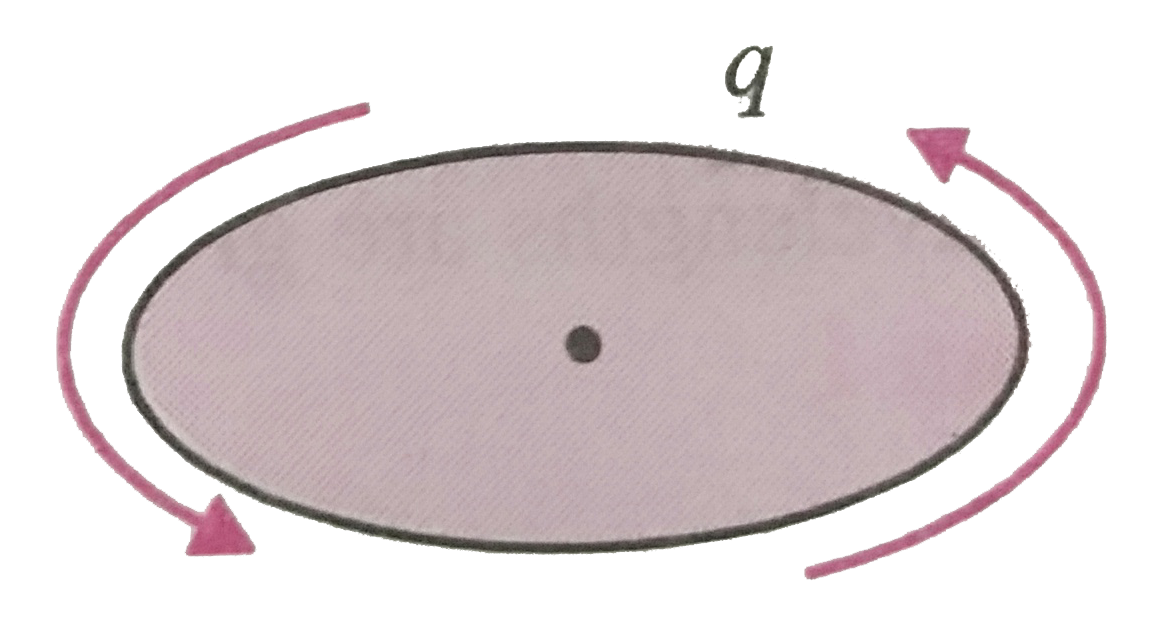A wave moving in a gas
must be longitudinal
may be longitudinal
must be transverse
may be transverse.
The correct Answer is:A
To determine the nature of a wave moving in a gas, we can analyze the characteristics of wave propagation in different mediums. Here’s a step-by-step solution:
Step 1: Understand the Types of Waves
Waves can be classified into two main types: longitudinal waves and transverse waves.
- Longitudinal Waves: In these waves, the particle displacement is parallel to the direction of wave propagation. An example is sound waves in a gas.
- Transverse Waves: In these waves, the particle displacement is perpendicular to the direction of wave propagation. An example is waves on a string or electromagnetic waves.
Step 2: Analyze the Medium
The question specifies that the wave is moving in a gas. It is important to note the properties of gases:
- Gases have particles that are far apart compared to solids and liquids.
- The particles in a gas can move closer together or further apart, which allows for compressions and rarefactions.
Step 3: Determine the Type of Wave in a Gas
Since gases can only support longitudinal waves due to the nature of particle movement:
- Longitudinal Waves: These can travel through gases as they allow for compressions and rarefactions.
- Transverse Waves: These require a medium where particles are closely packed (like solids) to transmit the wave, as the particles need to move perpendicular to the wave direction.
Step 4: Conclusion
Based on the analysis, the correct answer is that a wave moving in a gas should be longitudinal. Therefore, the answer is option A.
Final Answer:
A wave moving in a gas should be longitudinal.
---
Waves can be classified into two main types: longitudinal waves and transverse waves.
- Transverse Waves: In these waves, the particle displacement is perpendicular to the direction of wave propagation. An example is waves on a string or electromagnetic waves.
The question specifies that the wave is moving in a gas. It is important to note the properties of gases:
- The particles in a gas can move closer together or further apart, which allows for compressions and rarefactions.
Since gases can only support longitudinal waves due to the nature of particle movement:
- Transverse Waves: These require a medium where particles are closely packed (like solids) to transmit the wave, as the particles need to move perpendicular to the wave direction.
Based on the analysis, the correct answer is that a wave moving in a gas should be longitudinal. Therefore, the answer is option A.
A wave moving in a gas should be longitudinal.
Topper's Solved these Questions
- BOOK - HC VERMA ENGLISHCHAPTER - WAVE MOTION AND WAVES ON A STRINGEXERCISE - Exercises57videos
WAVE MOTION AND WAVES ON A STRING
- BOOK - HC VERMA ENGLISHCHAPTER - WAVE MOTION AND WAVES ON A STRINGEXERCISE - Question for short Answer7videos
WAVE MOTION AND WAVES ON A STRING
- BOOK - HC VERMA ENGLISHCHAPTER - WAVE MOTION AND WAVES ON A STRINGEXERCISE - Objective -120videos
WAVE MOTION AND WAVES ON A STRING
- BOOK - HC VERMA ENGLISHCHAPTER - THE FORCESEXERCISE - Questions for short Answer9videos
THE FORCES
- BOOK - HC VERMA ENGLISHCHAPTER - WORK AND ENERGYEXERCISE - Question for Short Answer16videos
WORK AND ENERGY
Similar Questions
Two identical travelling waves, moving in the same direction are out of phase by π/2 rad. What is the amplitude of the resultant wave in terms of the common amplitude ym of the two combining waves?
View SolutionAssertion: A charge moving in a circular orbit can produce em wave.

Reason: The source of em wave should be in accelerted motion.View Solution
Knowledge Check
- Question 1 - Select One
Assertion : The interference of two identical waves moving in same direction produces standing waves.
Reason : Various elements of standing waves do not remain in constant phase.AIf both assertion and reason are true and reason is the correct explanation of assertion.BIf both assertion and reason are true but reason is not the correct explanation of assertion.CIf assertion is true but reason is false.DIf both assertion and reason are false.
Two sound waves moves in the same direction in the same medium. The pressure amplutides of the waves are equal but the wavelength of the first wave is double the second. Let the average power transmitted across a cross section by the first wave be P1 and that by the second wave be P2 then.
View SolutionThe transverse displacement y(x,t) of a wave on a string is given by y(x,t)=e−(ax2+bt2+2√(ab)xt). This represents as :
Wave moving along + x-axis with a speed √ab
Wave moving along - x-axis with speed √ba
Standing wave of frequency √b
Standing wave of frequency 1√bView SolutionA wave moves with a certain speed in a stretched string. The percentage change in tension required to increase the velocity by 1 %, is approximately
View SolutionA wave moves ar a constant speed along a stretched string.Mark the incorrect statement out of the following:
View SolutionWhen a wave moves in the direction of the vibrating Particles, it is called a longitudinal wave.
View SolutionPropagation of a sound wave in a gas is quite close to
View SolutionA : Light waves can be polarised.
R : All electromagnetic waves move with same speed in vacuum.View Solution

